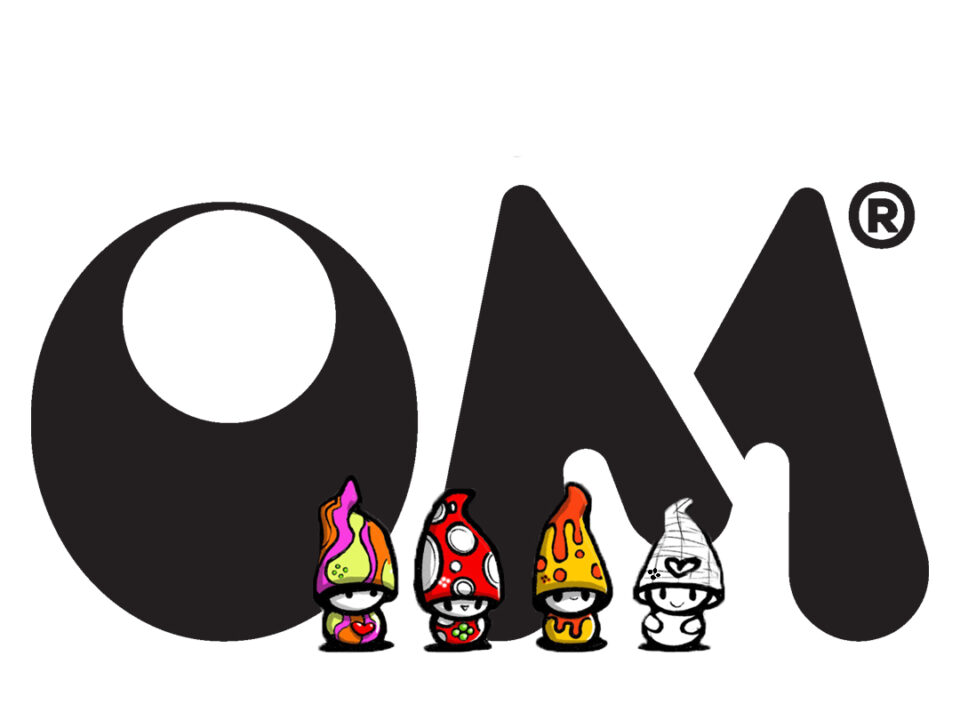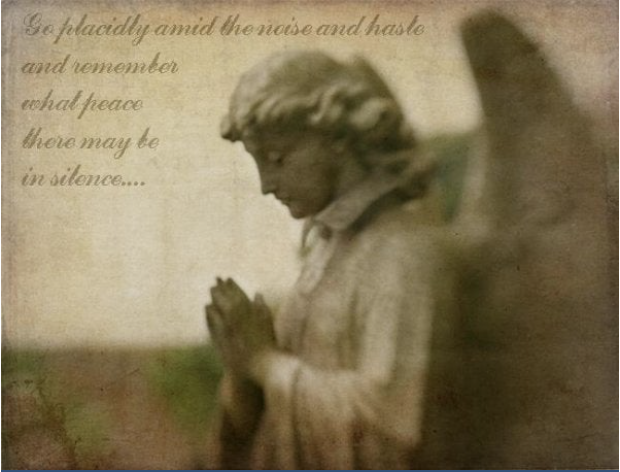Time to Celebrate!
July 24, 2011NY, NY
July 29, 2011Harvard, 1967. Stanley Milgram, the renowned social psychologist, set in motion a research project that defined a generation’s perception of connection.
He called the project The Small World Experiment. It’s a topic we’ve touched upon in previous posts, a subject our regulars will be familiar with.
The experiment proved long, detailed and complicated, as studies conducted at Harvard tend to be, and there’s no need for us to go into the minutiae at this stage.
In a nutshell, Milgram’s interest was in chains of acquaintance or, in other words, connection.
Believing the planet to be a small place socially, the New Yorker set out determined to prove that everyone on the planet is bound together, the threads short, the network much simpler than imagined.
The Small World Experiment led Milgram to first float the six degrees theory, a development that, in turn, prompted The Six Degrees of Separation.
You might recall from earlier blogs that this concept contends that everyone on the planet is, on average, just six social steps from anyone else on Earth.
Putting this into practice, we, here in Saunderstown, know someone who knows someone who knows someone who knows someone who knows The Pope.
Or anyone else for that matter.
You can see our reasons for returning to this subject. Research conducted at Harvard, no less, can back up that thing that we’ve been telling you for ages: We are all connected.
But back to Milgram for a moment, for we’ve not yet explained the basic premise behind his experiment.
The concept was, at its roots, a simple one. In 1967, he sent packages to 160 random people requesting them to forward them to the friend or acquaintance they felt would bring the package a step closer to a set final individual, based in Boston.
Each step in the chain was recorded and, as the packages started to arrive in Massachusetts, Milgram was able to record the number of links in it.
Using this data, he came up with the six degrees concept.
It’s worth pointing out at this stage that some believe there are fundamental problems with Milgram’s research and that criticisms have been raised and anomalies identified.
Yet despite that, the findings stand up and our faith in it remains intact.
Even Microsoft, conducting a hi-tech, electronic experiment of their own in 2008, backed Milgram’s initial conclusions and his six degrees concept.
Now, all of this has been a convoluted route to a point that we wanted to make, a detail that jumped out at us when we sat down in our studio to read up on The Small World experiment.
Of all the towns and cities in The United States that Milgram could have chosen to start this project, where do you suppose the 160 random people who received their packages that morning in 1967 lived?
In other words, where did Milgram choose to probe social networks?
Where did he make the epicenter of connective research?
Why, Omaha of course, or as we like to call it here in our studio in Saunderstown, OMaha.
Maybe we’re reading too much into this, but we think that there’s a high degree of synchronism involved here. Think about it, if you will, for just a minute.
Connection? Omaha? OMs?
Milgram, who went on to become a tenured full professor at the City University of New York Graduate Center, died in 1984 but we’re certain he’d have approved of our work.
He’d certainly have understood our interest in connection for, after all, our end game is the same.
Milgram used packages, we use OMs but our goals are common, our message consistent:



